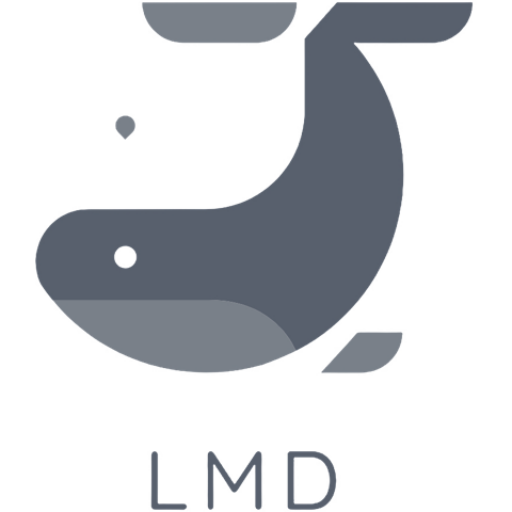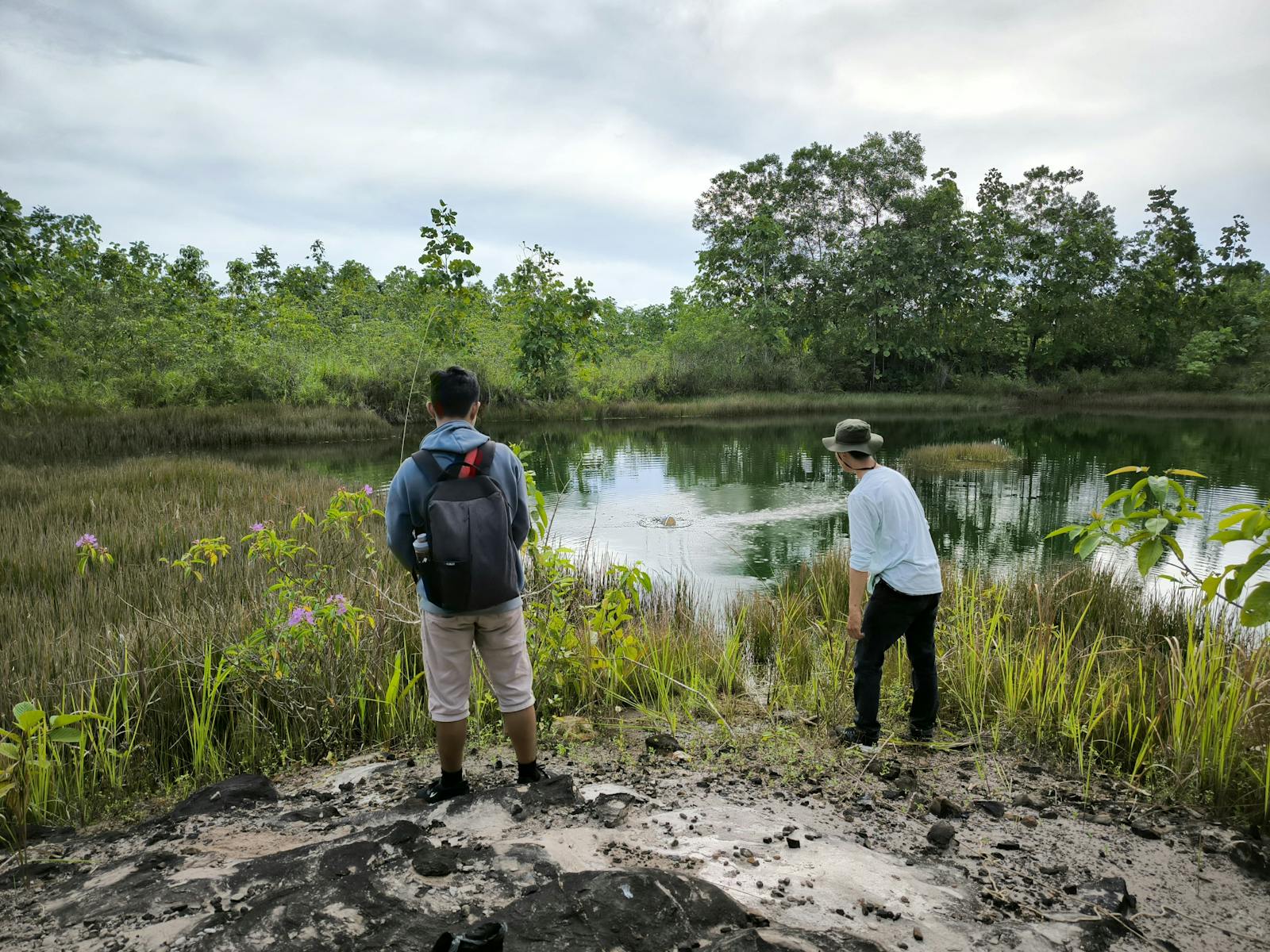Why Choose Ultralight Backpacking? Balancing Weight, Performance, and Cost
Ultralight backpacking has evolved from a niche enthusiast pursuit to a mainstream trend in the 2025 outdoor gear market. According to the latest data, hikers who adopt ultralight principles experience 32% fewer injuries on long journeys and a nearly 45% higher completion rate—numbers that clearly illustrate why more outdoor enthusiasts are seriously considering lightening their pack weight.
But what qualifies as truly “ultralight”? The industry-accepted standard is a base weight (total gear weight excluding food, water, and fuel) under 10 pounds (4.5kg). This article will detail how to achieve an 8-pound (3.6kg) system without sacrificing comfort or safety.
Advantages and Challenges of Ultralight Backpacking
Why reduce pack weight?
- Significantly reduced energy expenditure: Each kilogram reduced saves approximately 10% energy in high-intensity hiking
- Increased hiking speed: On average, every 10% weight reduction increases pace by about 7%
- Lower injury risk: Dramatically reduced pressure on knees, back, and shoulders
- Greater daily distance: Many ultralight hikers report 30-50% increases in daily mileage
- Enhanced overall experience: When no longer burdened by a heavy pack, you can better appreciate the natural environment
Reality challenges to face:
- High investment cost: Quality ultralight gear often comes with a premium price
- Durability concerns: Some ultralight materials may not be as durable as traditional ones
- Comfort trade-offs: May require sacrificing certain comfort amenities
- Learning curve: Requires learning new outdoor skills and mindsets
Selection Strategies for the Ultralight “Big Three”
In backpacking gear, the “Big Three” (backpack, sleep system, and shelter) typically account for most of the base weight. Therefore, weight reduction plans should start with these three items.
1. Ultralight Backpack Selection
The ultralight backpack market has changed dramatically in 2025, with new materials and designs making packs both lightweight and durable.
Current leading ultralight backpack options:
- Gossamer Gear Mariposa 60: The 2025 version uses Challenge UltraX fabric, weighing only 32.6 ounces (924g), ideal for long-distance hiking
- ULA Equipment Ultra Circuit: Featuring innovative Challenge UltraX fabric, offering excellent water resistance and durability
- Waymark EVLV: Minimalist design but retains important load lifters, weighing only 21 ounces (595g)
- Hyperlite Mountain Gear Unbound 40: Uses 150D polymer fabric, slightly heavier but provides excellent durability and waterproofing
Core considerations for backpack selection:
- Capacity fit: 40-55 liters suitable for most 3-season hiking needs
- Frame type: Frameless packs are lightest but with limited load capacity; simple aluminum stays or carbon fiber frames can greatly improve comfort with minimal weight addition
- Feature trade-offs: External storage, pocket design, and adjustment systems add weight but increase utility
- Material choices: Dyneema Composite Fabric (DCF), Challenge UltraX, and lightweight nylon each have pros and cons
2. Optimal Ultralight Sleep System
Comfortable sleep is key to a successful outdoor experience but also an area where significant weight can be reduced.
Sleeping Bag vs. Quilt:
A clear trend among 2025 ultralight hikers is the shift from traditional sleeping bags to backpacking quilts.
- Zenbivy Ultralight Bed: Combines the advantages of sleeping bags and quilts, offering an excellent warmth-to-weight ratio
- Enlightened Equipment Revelation: Customizable temperature ratings, 850 fill-power down, with the 20°F/-6°C model weighing only 22 ounces (624g)
- REI Magma Trail Quilt: High-value option from a mainstream brand, 30°F/-1°C model approximately 19 ounces (539g)
Sleeping Pad Selection:
- Therm-a-Rest NeoAir XLite NXT: R-value 4.5, weighing only 12.5 ounces (354g), exemplifying the best warmth-to-weight ratio
- NEMO Tensor Ultralight: Offers a quieter sleep experience and more comfortable surface design
- Gossamer Gear 1/8″ Thinlight: Used as a primary pad or supplemental insulation layer, weighing only 2.5 ounces (71g)
Pillow Solutions:
- Hyperlite Mountain Gear Stuff Sack Pillow: Dual-purpose design serving as both a stuff sack and pillow, weighing 1.7 ounces (48g)
- Sea to Summit Aeros Ultralight: Inflatable pillow weighing only 2.1 ounces (60g)
- Clothing pillow method: Using a stuff sack filled with tomorrow’s clothes as a free, zero-weight pillow
3. Ultralight Shelter System
Shelter is typically the heaviest and most expensive single piece of gear, with the greatest weight reduction potential.
Ultralight Tent Trends:
- Gossamer Gear The One: Single-person ultralight tent using trekking poles for setup, providing complete bug and rain protection, weighing only 23 ounces (652g)
- Durston X-Dome 2: New for 2025, freestanding double-wall tent with extremely low per-person weight when shared
- Zpacks Pivot Duo: Weighing only 18.6 ounces (527g), the lightest fully enclosed tent that fits two long/wide sleeping pads
- Tarptent MesoSpire: Built with four trekking poles, providing exceptionally spacious interior
Alternative Shelter Options:
- Hammock systems: Hammock Gear Economy Hammock system offers ultralight options for hammock enthusiasts
- Bivy sacks: Outdoor Research Helium Bivy weighs only 14 ounces (397g)
- Tarps: The lightest option, such as Hyperlite Mountain Gear’s 8’×10′ square tarp at just 7.9 ounces (224g)
Ultralight Choices for Other Key Equipment
Cooking System
Ultralight Stove Options:
- BRS-3000T: Tiny canister stove weighing only 25g, the value champion
- Soto Windmaster: Slightly heavier but with more efficient windscreen design, saving fuel
- Cold Soaking method: Using an old peanut butter jar as a container, achieving a zero-weight cooking system
Utensils and Cookware:
- TOAKS Titanium 750ml Pot: Titanium pots combine lightness and durability, weighing 3.6 ounces (102g)
- Sea to Summit Alpha Light Spoon: Long-handled titanium spoon weighing only 0.4 ounces (11g)
- Katadyn BeFree Water Filter: Integrated filter soft bottle weighing 2.2 ounces (62g)
Lighting and Navigation
- Nitecore NU25 400 Lumen Headlamp: USB rechargeable, three light source modes, weighing only 1.6 ounces (45g)
- Gaia GPS App: Smartphone navigation solution, a “zero weight” option
- Suunto M-3D Compass: Simple, durable ultralight compass
Electronics and Power
- Anker PowerCore 10,000mAh: Weight-optimized high-capacity power bank
- Garmin InReach Messenger: Latest 2025 satellite communication device, 30% lighter than previous generation
Common Misconceptions and Solutions in Ultralight Backpacking
Misconception 1: Weight Reduction Means Reduced Safety
Solution: Smart weight reduction doesn’t equal reckless adventure. The core of ultralight philosophy is improving skills and knowledge, not simply discarding gear. For example, thoroughly understanding weather forecasts may allow you to carry lighter rain gear, but you should still bring equipment appropriate for expected conditions.
Misconception 2: Ultralight Gear Must Be Extremely Expensive
Solution: Reduce costs through strategic purchasing and DIY gear:
- Phase investments: Upgrade the heaviest equipment first
- Utilize discount seasons: Winter and specific holidays are optimal times to buy
- Consider secondhand markets: Specialized outdoor secondhand platforms like Gear Trade offer quality used ultralight equipment
- Make Your Own Gear (MYOG): Creating your own equipment can save substantial costs
Misconception 3: Ultralight Equals Uncomfortable
Solution: Smart choices and techniques:
- Understand your comfort needs: Some people are willing to sacrifice a thick sleeping pad to reduce weight, while for others this might be unacceptable
- Multi-functional gear: Choose equipment that serves multiple purposes, like stuff sacks that double as pillows
- Skills over gear: Learn how to stay comfortable in various conditions, reducing dependence on heavy equipment
Advanced Ultralight Backpacking Strategies for 2025
Strategy 1: Seasonal Systematization
Three-Season System:
- Spring/Summer: Further lighten gear with thinner quilts (40°F/4°C) and minimalist rain gear
- Fall: Add warmer layers and more weather-resistant shelters while maintaining ultralight principles
Winter Adjustments:
- Special considerations: More powerful stoves, additional insulating layers, and sturdier tents
- Ultralight principle application: Lightweight winter gear, such as choosing 850+ fill-power down instead of synthetic insulation
Strategy 2: Maximizing Multi-Functional Gear
Innovative Multi-Purpose Examples:
- Backpack + Inflatable Sleeping Pad: Some ultralight packs allow removal of the frame sheet, using a folded sleeping pad instead
- Cookware Combinations: Using a single titanium pot as cookware, bowl, and cup
- Trekking Poles: Both walking aids and tent supports
Strategy 3: Precise Quantification and Weight Reduction
Using Digital Scales:
- Precisely weigh each piece of equipment
- Create spreadsheets to track all items
- Identify “invisible weight” like packaging and excessive spare items
“Cost Per Pound” Analysis:
- Calculate the cost required to reduce each pound
- Prioritize investing in gear that provides the most significant weight reduction
Ultralight Backpacking Packing Techniques
Seam Sealing and Waterproofing
Waterproofing Strategies:
- Backpack waterproofing solution: Use lightweight pack rain covers or interior waterproof liners
- Critical item protection: Use DCF or silnylon waterproof stuff sacks to categorize items
- Special protection for electronics: Use sealed waterproof bags or boxes
Compression Techniques
Space Optimization Methods:
- Horizontal roll compression: Reduces volume by 30% without damaging gear
- Air extraction technique: Especially suitable for clothing and sleeping bags/quilts
- Layered filling method: Using small gear to fill gaps
Smart Pack Organization System
Zoning Strategy:
- Easy Access Zone: Frequently used items like snacks, phone, maps stored at the top or in side pockets
- Lunch Break Zone: Items needed for midday breaks grouped together
- Camp Zone: Items only used at night like sleeping bags and cooking gear stored at the bottom
Food and Resupply Strategies for Ultralight Backpacking
High Energy Density Foods
Best Energy-to-Weight Ratio Foods:
- Nuts and Seeds: 9 calories/gram, providing healthy fats
- Olive Oil and Coconut Oil: Added to meals as “calorie boosters”
- Freeze-Dried Foods: Lightweight and easy to prepare, though more expensive
Resupply Station Strategies
Smart Resupply Planning:
- Mail Drop Boxes: Prepare and mail to resupply points along the route
- Just-in-Time Purchasing: Only buy food needed for the next section, avoiding over-stocking
- Calorie Calculation: Accurately calculate needs to avoid carrying excess food
Conclusion: The Art of Ultralight Balance
Ultralight backpacking isn’t just about reducing weight but rethinking how we interact with nature. Through wise gear choices, skill improvement, and streamlined needs, we can gain more freedom and enjoyable outdoor experiences without sacrificing safety and comfort.
Remember, the best gear is equipment you barely notice—light enough not to be a burden, reliable enough not to cause worry, and simple enough not to require excessive attention. In 2025 and beyond, as technology continues to advance, ultralight backpacking will continue to transform how people explore nature.
Are you ready to lighten your pack weight and experience more effortless hiking?

